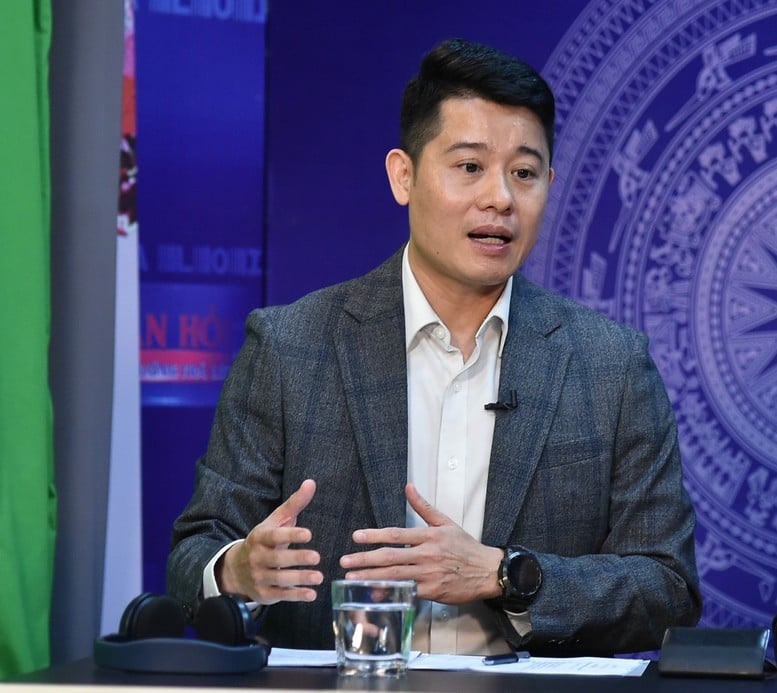
Mr. Nguyen Hoang Long, Deputy General Director of Vietnam National Payment Corporation (NAPAS - Photo: VGP/Duong Tuan
One touch- increase convenience, reduce social costs
More than 3 months after metro line No. 1 (Ben Thanh - Suoi Tien) officially started its trial operation, the image of people lining up to buy tickets with cash has gradually been replaced by "light touches" using bank cards or smartphones.
According to Mr. Nguyen Hoang Long, Deputy General Director of the National Payment Corporation of Vietnam (NAPAS), since February 14, NAPAS has cooperated with Ho Chi Minh City Urban Railway Company No. 1 to put into operation a cashless payment system at the ticket gate. Not only supporting domestic NAPAS cards, the system is also compatible with international cards such as Visa, Mastercard, as well as e-wallets.
By simply tapping the card on the device at the entrance and exit gates, a process known as “tap-in” and “tap-out”, passengers complete their payment without having to withdraw cash or buy a paper ticket. This not only reduces waiting time, but also helps avoid the usual rush-hour crowds.
Statistics from NAPAS show that the number of passengers using card payment methods increases steadily every week. In particular, after the NAPAS card digitization service integrated with Apple Pay was launched on April 15, the number of people using phones instead of cards to take the metro has increased significantly.
This is a suitable step in the national digital transformation process, when from buying vegetables at the market to paying for a cup of coffee, Vietnamese people have gradually become accustomed to using cashless methods.
Integrating electronic payments into the metro system not only creates convenience for people but also brings many benefits to stakeholders. For passengers, not having to exchange small bills, not having to carry many cards, just needing a phone is enough for all public trips, is a big change in the daily travel experience.
For operating businesses, instead of having to arrange staff to sell tickets and handle cash, the entire process is digitized, helping to transparently record revenue and save operating costs. At the same time, the state also saves on the budget for printing, storing and preserving cash.
In fact, Mr. Long said that NAPAS has been gradually researching, testing and implementing since 2020 with models such as VinBus in Hanoi , airport parking lots, etc. before officially putting it into the metro. Thus, the current system is the result of a serious and consistent roadmap over many years.
From a broader perspective, Mr. Long believes that this form is an extension of the policy of promoting smart urban transportation. Compared to Tokyo, Shanghai, London, Ho Chi Minh City is gradually approaching international standards in the construction and operation of modern transportation infrastructure.
At the same time, NAPAS is also implementing a QR code payment method, expected to be displayed directly on passengers' phones. People only need to present the code to the reader at the metro gate. This opens up more flexible options, meeting all devices and user groups.
Behind the seemingly simple tap-to-board system is a mechanism that connects the banking payment system and the automatic ticket control system. When passengers tap-in or tap-out, data is immediately transmitted to the NAPAS system, which debits the bank account in a split second. This is the result of a thorough technical infrastructure preparation process, with the participation of the entire banking system, in close coordination with state management agencies and transport enterprises.
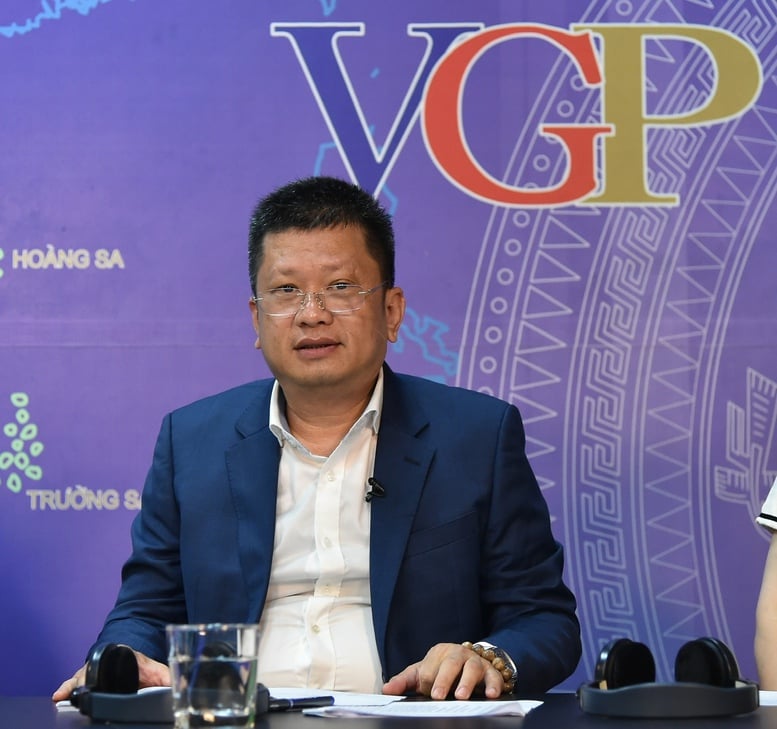
Mr. Do Viet Hai, Deputy Director of Hanoi Department of Construction - Photo: VGP/Duong Tuan
Coordinate synchronously and urgently to create nationwide interconnected tickets
At the recent seminar "Smart payment solutions for modern transportation" organized by the Government Electronic Information Portal, a representative of the Department of Construction said that not only stopping at metro line No. 1 in Ho Chi Minh City, many other provinces and cities are moving towards a nationwide interconnected electronic ticket system. In Hanoi, it is expected that on September 2, 2025, the interconnected electronic ticket card system using VCCS standards will officially come into operation, allowing people to use domestic chip cards and international cards.
However, Mr. Do Viet Hai, Deputy Director of Hanoi Department of Construction, also frankly acknowledged that the transition process will face two major challenges. One is the habit of people, especially the elderly, who are used to using cash, and the other is the problem of labor conversion. When the electronic system is in operation, thousands of ticket sellers will no longer have the same role as before, requiring training and reasonable job rearrangement.
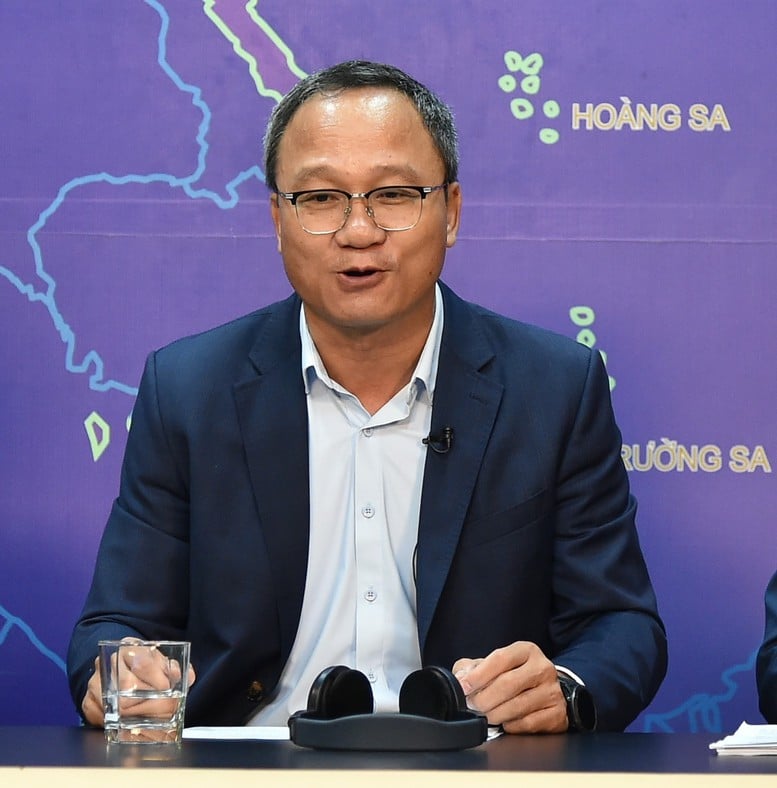
Mr. Khuat Viet Hung, Chairman of the Board of Directors of Hanoi Metro - Photo: VGP/Duong Tuan
According to Mr. Khuat Viet Hung, Chairman of the Board of Directors of Metro Hanoi: Currently, in Hanoi or Ho Chi Minh City, automatic ticket collection systems are being used. In Hanoi, each route has its own system, so those who use monthly tickets find it very convenient, going in and out smoothly, no problem. But if you buy a single ticket, you have to go to the station and give money to the ticket seller or buy it from a ticket machine. In addition, the ticket cards of the two routes are not yet connected to each other. These are two inconvenient points, temporarily called disadvantages. The two automatic ticket collection systems of these two routes, if operating on a single route, are very reliable. The information processing is very accurate and the door opening and closing speed is very fast, because the information is simple. That is the biggest advantage of this system. Especially during rush hour, passengers have to go in and out of the gate a lot, so the simpler the system, the faster the opening and closing, the faster the exit.
Mr. Khuat Viet Hung analyzed: When we design an interconnected system, we clearly define the role and function of the enterprise in that system. What is the role of the state management agency in the issue of clearing and settlement, in data management and in building a system of policy institutions? How are enterprises responsible for managing their ticket system infrastructure to ensure, for example, that the common system operates smoothly but each enterprise's own system does not interfere with each other? Because in case of carelessness, the common system has a problem, we may not be able to use it.
Therefore, the decentralization of technology between the state management level and enterprises at that time must be very clear and ensure that in all cases, enterprises can still operate their own systems autonomously and fully decentralize reporting data according to the requirements of state management agencies such as the Department of Construction or implement the requirements of the Ministry of Public Security in providing personal data, through the VNeID system as well as citizen identification to provide to the National Data Center to serve the security and order assurance work of the public security sector.
According to Mr. Khuat Viet Hung, the most important thing for a successful implementation is implementation. "NAPAS has a payment system ready, for example, it must deploy a connection to the Metro system to ensure that the Department of Construction's common system can operate smoothly with our system. We also have to design our system to connect with the Department of Construction's system. This issue is implemented by both sides. The payment platforms are ready, the tools are complete, we need to get started," Mr. Khuat Viet Hung emphasized.
Mr. Minh
Source: https://baochinhphu.vn/khan-truong-phoi-hop-tao-cu-huych-cho-giao-thong-thong-minh-102250523180211732.htm


![[Photo] Top players gather at the 2025 Nhan Dan Newspaper National Table Tennis Championship](https://vphoto.vietnam.vn/thumb/1200x675/vietnam/resource/IMAGE/2025/5/23/9ad5f6f4faf146b08335e5c446edb107)




![[Photo] Anh Hoang - Dinh Duc successfully defended the men's doubles championship of the National Table Tennis Championship of Nhan Dan Newspaper](https://vphoto.vietnam.vn/thumb/1200x675/vietnam/resource/IMAGE/2025/5/23/d6ab3bcac02c49928b38c729d795cac6)
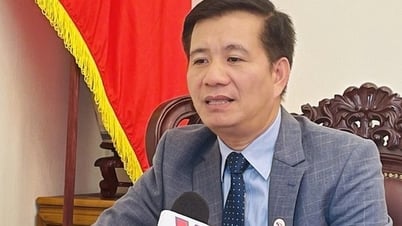



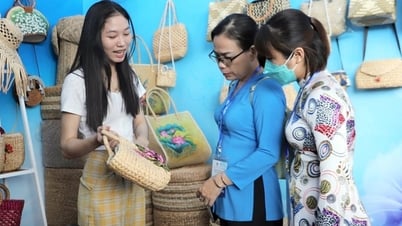
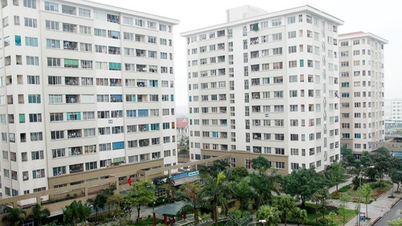
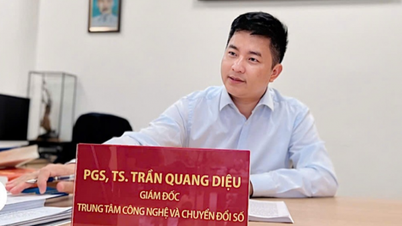





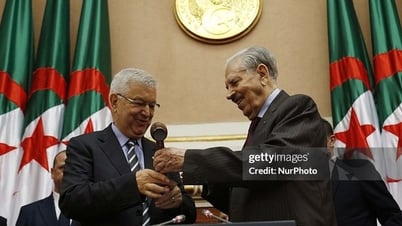

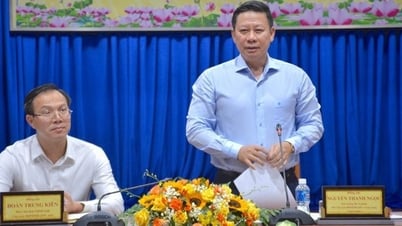
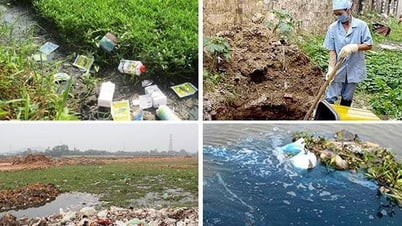
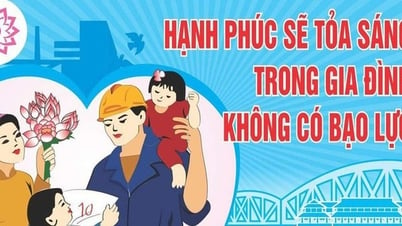
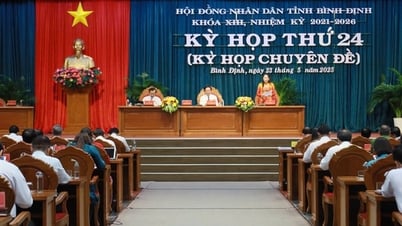














































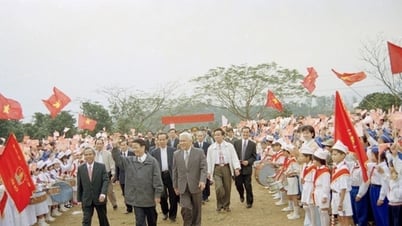



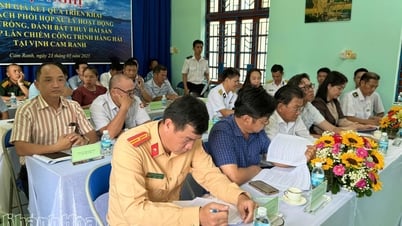

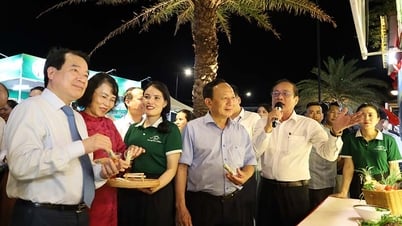

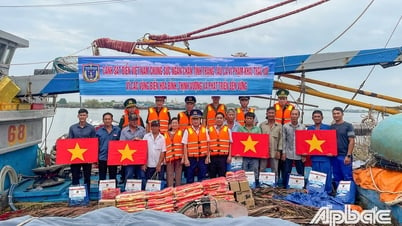

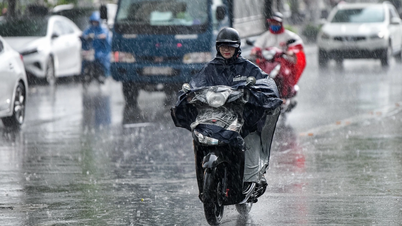












Comment (0)